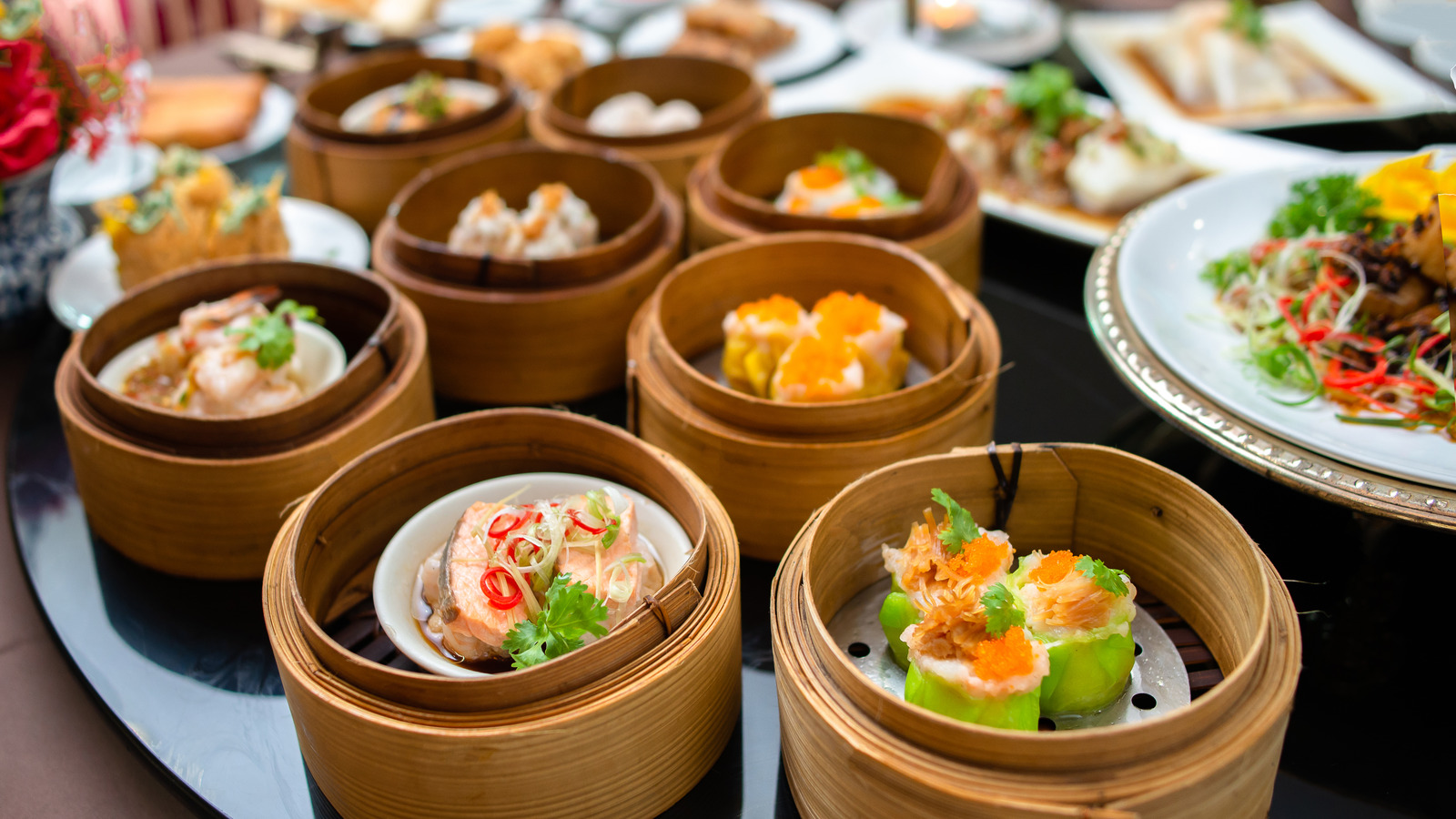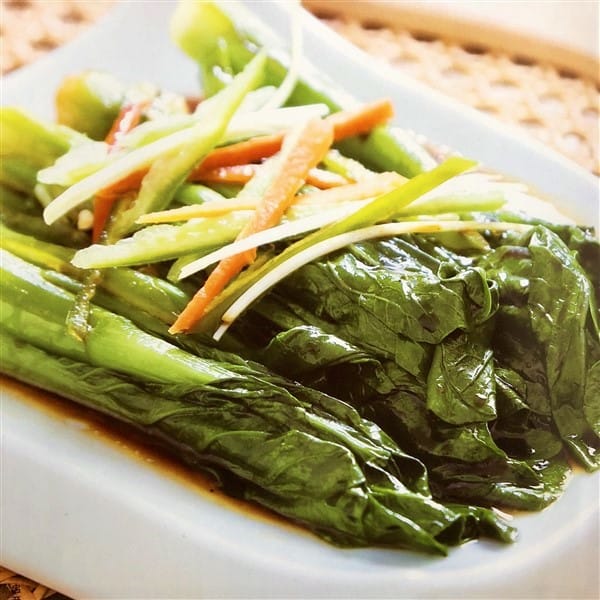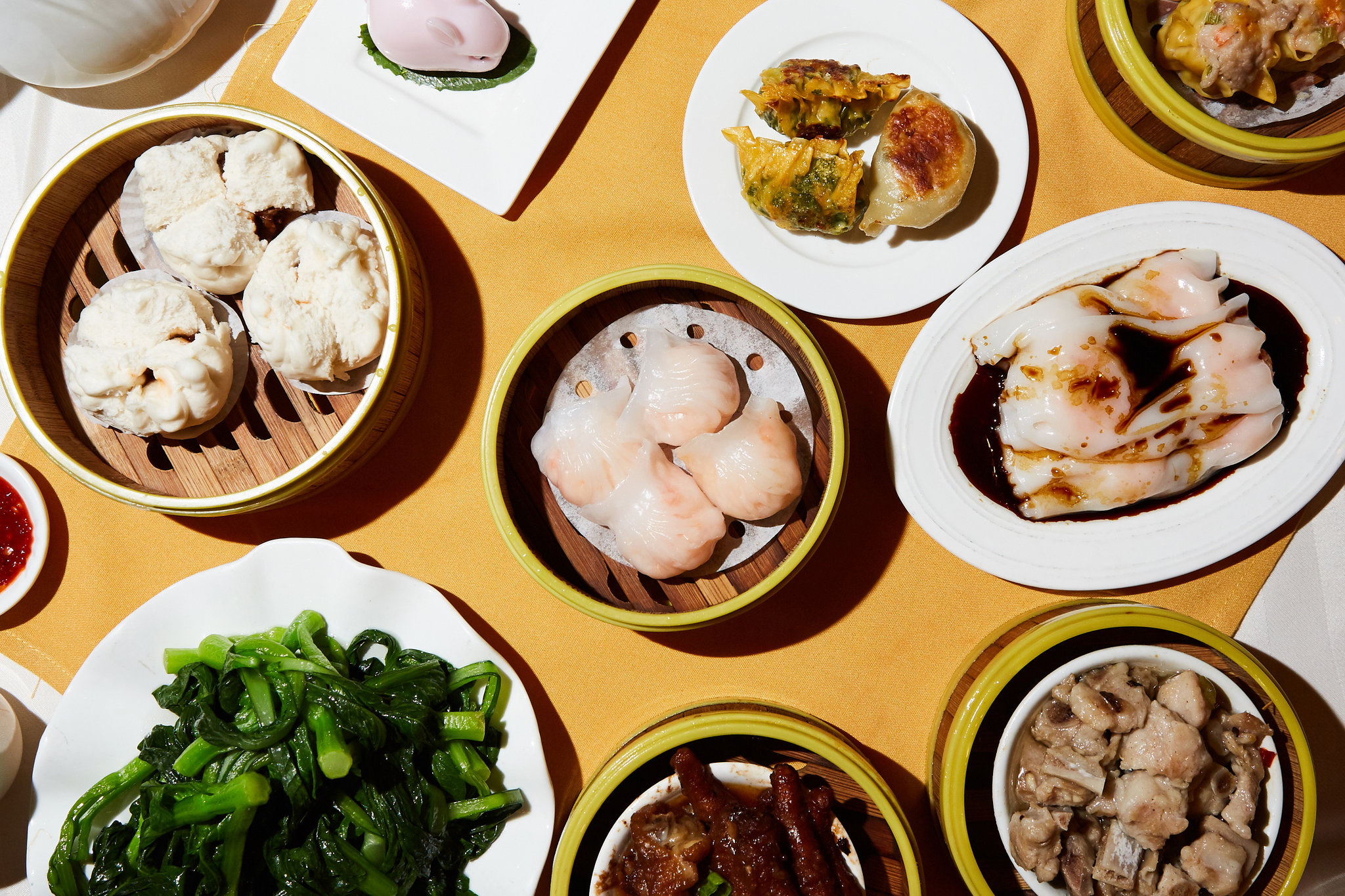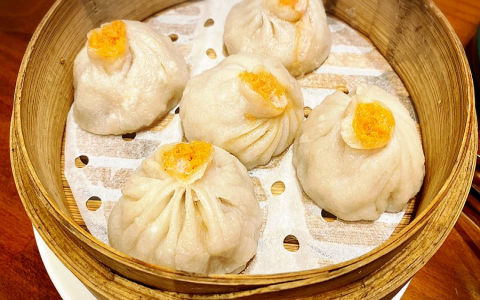So, I’ve been on this mission, right? Trying to make decent dim sum vegetables at home. You know, like the ones you get at a good dim sum place – bright green, a bit of a crunch, and that savory sauce. Sounds simple, but man, getting it right has been a bit of a journey for me.

I got fed up, honestly. Ordering takeout and getting these sad, wilted greens swimming in some watery, bland sauce. Or paying top dollar in a restaurant for a tiny portion that looks like it’s been sitting under a heat lamp for an hour. I just thought, there’s gotta be a better way. I can do this myself. How hard can it be? Famous last words, as usual.
My First Few Tragedies
My initial attempts? Let’s just say they weren’t pretty. A complete flop, most of them. I grabbed some Chinese broccoli, gai lan, from the market. First time, I just boiled it. Like, proper boiled it. Came out this dull, olive green. Looked depressing. Tasted… well, it tasted like boiled grass. Threw some soy sauce on it. Nope. Still tragic.
Then I thought, okay, maybe less water, more of a quick blanch. That was a bit better on the color, but still not quite there. The texture was either too raw or too soft. It’s a fine line, apparently. And the sauce! Just dousing it in oyster sauce straight from the bottle felt lazy and tasted… well, like straight oyster sauce. Too strong, too one-note.
Figuring Things Out – The Steaming Revelation
I started really thinking about it. What do they actually do in those restaurants? I remembered seeing those big bamboo steamers. Lightbulb moment! Steaming. That had to be it. It’s gentler, keeps the color, keeps the crunch if you don’t overdo it.
So, next shopping trip, I was on a mission. Got fresh gai lan again. Washed it really well. Some people trim the ends super meticulously, I just make sure they’re clean and snip off any really tough bits. I don’t get too precious about it.

Got my trusty old steamer basket out. Popped the gai lan in once the water was boiling furiously. The key, I found, is not to walk away. We’re talking minutes here. For gai lan, maybe 4 to 6 minutes, depending on how thick the stems are. You want it tender but still with a good bite. The color turns this amazing, vibrant green. That’s when you know it’s ready. Pulled them out immediately.
The Sauce – That’s Where The Magic Is (Sort Of)
Alright, veggies looking good. Now, the sauce. This took a bit of fiddling too. I knew it wasn’t just one thing. I started experimenting.
- Oyster sauce is definitely the base. Can’t skip that.
- A bit of light soy sauce, for saltiness and depth.
- A tiny pinch of sugar. Just a pinch! Balances things out.
- Some folks add a dash of sesame oil. I do sometimes, for that nutty aroma.
What really kicked it up a notch for me was gently heating the sauce. And sometimes, if I’m feeling fancy, I’ll sauté a tiny bit of minced garlic in a little oil until it’s fragrant, then pour that over the greens before the sauce. Or mix the garlic oil into the sauce. Either way, it adds a nice touch.
So, I steamed my lovely green gai lan, laid it out on a plate, and drizzled over my concoction of warmed oyster sauce, soy, sugar, and a bit of that garlicky oil. And you know what?
The Verdict
It was pretty darn good! Seriously. Miles better than my first disasters. Bright green, perfectly tender-crisp. The sauce was savory, just a hint of sweetness, clinging to the vegetables nicely. It wasn’t 100% like the absolute best restaurant version – those chefs have years of experience and probably some secret weapon ingredients I don’t know about. Maybe a special stock or something. But for a home cook, on a Tuesday night? I was proper pleased.

It’s really not complicated once you get the hang of it. Just good quality greens, don’t murder them by overcooking, and a balanced sauce. That’s pretty much the story. Way cheaper than eating out, and you get that little bit of satisfaction, you know? Like, yeah, I made that. And it didn’t suck. Actually, it was quite delicious. Will definitely be doing this more often. No more sad, takeout greens for me, no sir.
